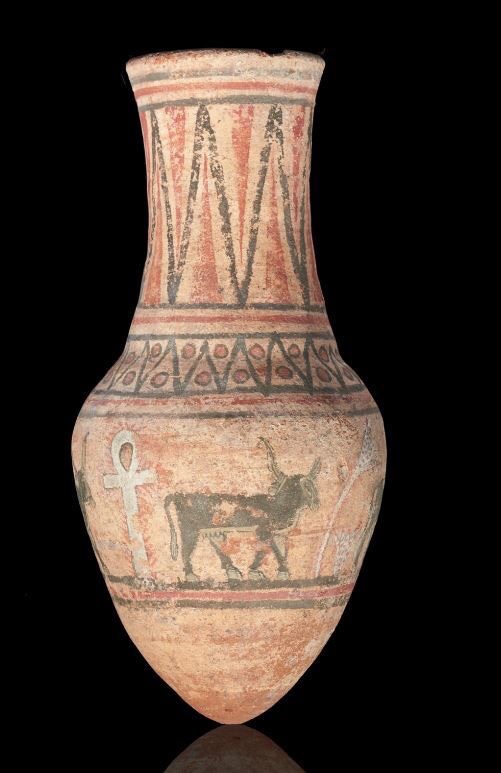Hey, how are you doing? I have been great, thanks for asking. I’m sorry I went MIA. Writer’s block happened but I’m trying. Plus, we’re in the middle of a pandemic, so cut me some slack, please. Thank you, however, for still reading my articles even without me posting. I appreciate. While I was away, I launched a creative blog called “Of Monologues, Cigarettes and the Damned.” You can check it out on WordPress and give me reviews. In other news, according to the health cabinet secretary, Kenyans might have been vaccinated with water in some institutions. Sometimes, this country leaves me speechless. Tano tena, I guess.

Economic structures of societies involve the activities that generated income to the said societies, such as agriculture, mining, trading, etc. Before the introduction of money, most African communities used the barter trade system. Barter trade is the exchange of goods for goods of the same value. The introduction of money made trade easier. Gold and silver coins used. The economic structures of the two societies were similar, with very few differences. I will explain the structures of the two societies separately to give each sufficient and requisite attention.
KEMET
As you can see from the map, River Nile passed through Kemet. This strengthened the economic structure of the state.

The water and fertile soils from the Nile promoted agriculture. There was animal keeping and crop growing. The crops mostly grown in Egypt were grains like barley and wheat. Alcohol was made from them. Remember the festival of drunkenness? Tell me you do, or I’ll… There were also vegetables grown like onions, leeks, cucumbers, beans etc.

Pottery was also one of the economic activities. The Nile provided clay which was used in pottery. Egyptian pottery was beautiful. Still is, actually.

There was also papermaking, particularly papyrus paper. Remember the scrolls they wrote on? They were made from papyrus. So, let me hear someone say that Africans did not read and write before the coming of the white man.

Cloth making was also one of the activities. Egyptians wore light clothes because of the temperature of the area. It was too hot, man. Men wore loincloths and kilts made from linen. Women wore dresses made from the same. Linen is a really light material. I wish I could wear kilts. They seem so comfortable.

There was also jewellery making. They were made from gold, silver, precious stones etc.

They also engaged in trade. In exchange for the products listed above, they would get precious stones, wood, copper, silver, livestock, gold etc. Those items were acquired from other nations. Kush provided Egypt with a lot of gold.
The nation also got rich from taxes. Egyptians were heavily taxed. For instance, it was a feudal state. That means that the Pharaoh owned all the land, and the rich would be allocated the land in exchange for services and taxes. Most of the proceeds from this land would be sent to the Pharaoh and stored for distribution. Traders passing through the region were also taxed.
KUSH
For the last time, I am not talking about the kush some of you partake. Kush was an important trade centre in the ancient world. It connected the Mediterranean to the African interior. Its strategic position made this possible. That made trade and commerce much more effortless. Three cities, namely Kerma, Napata and Meroe, served as trade centres in the empire. Each city served a unique purpose at a different time in history.

Kerma was the first capital city of Kush. It was strategically located midway between Egypt, Central Africa and the Red Sea. Intermediaries transported the goods between North and Central Africa. According to archaeological evidence, crop cultivation, pastoralism and gold mining and processing were the main economic activities in Kerma. I mean, you definitely expected pastoralism because Nubians like the Ankole and Maasai still practise pastoralism. Wait, you did, right? Other trade items were pottery, jewellery, precious stones, ivory and rare luxurious animals.

Napata served as the next capital of Kush. Not much is known about the economy of Napata. Its economy was based on the gold trade. Locals practised agriculture and animal husbandry. This is so short it feels awkward. It feels like something is missing.

The capital was eventually moved to Meroe. This was primarily due to strategic reasons for war. Kush was at war with the Romans, and Meroe was in a strategic position for war. Remember the battle where the Kushites defeated Alexander the Great? Yeah, that one. Aside from that, Meroe had an excellent climate ideal for agriculture and cattle breeding. It was located at the edge of the Nile, serving as a great commercial centre. Its positioning also made it easier for the kingdom to engage in the Indian Ocean trade. Check the map. The meroitic economy was based on iron production and agriculture. Other trade items were ivory, hardwood, luxury animals, animal skin and feathers etc.

I guess that’s all for today folks. This has been really short. Anyway, thank you for reading. Be blessed. Remember, the motherland breathes and lives inside you!
(PS: I do not own any of the pictures used)
Good job Taabu!!! Keep up
LikeLiked by 1 person
Thanks bro
LikeLike
A good read. Keep it up!
LikeLike
Thanks bro
LikeLike
Nice to read and learn more on the Life of the black continent
LikeLiked by 1 person
Thank you dad
LikeLike
Glad to see you didn’t die a premature death like dear ol’ Tut. Spiffing stuff as always.
LikeLiked by 2 people
😂hopefully I’ll be around for longer. Thank you for reading
LikeLike
This is really informative… Kudos!!
LikeLiked by 1 person
Thank you
LikeLike
Great read 😊❤️
LikeLiked by 1 person
Thank you bro
LikeLike